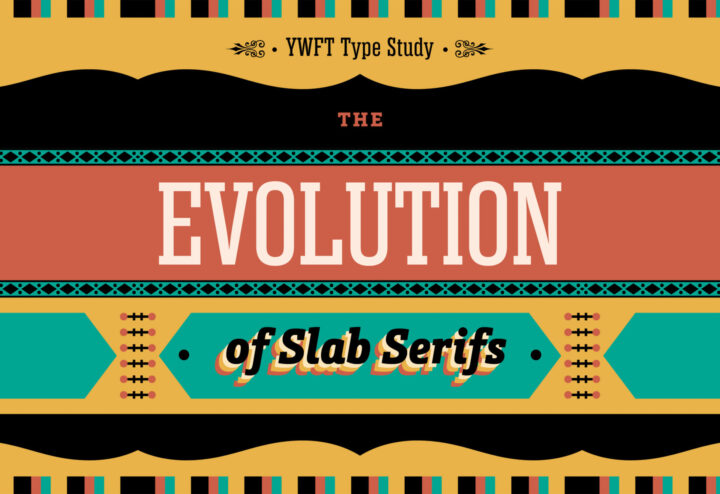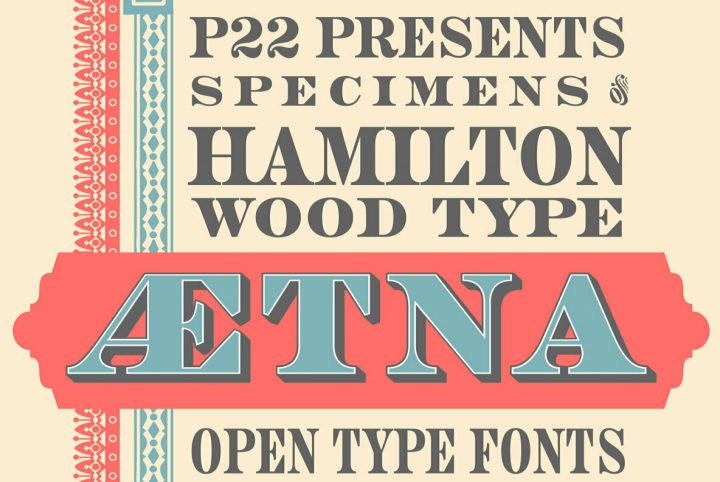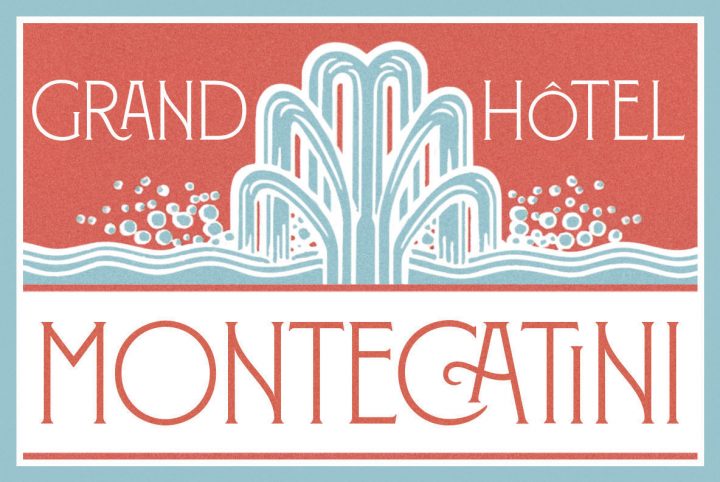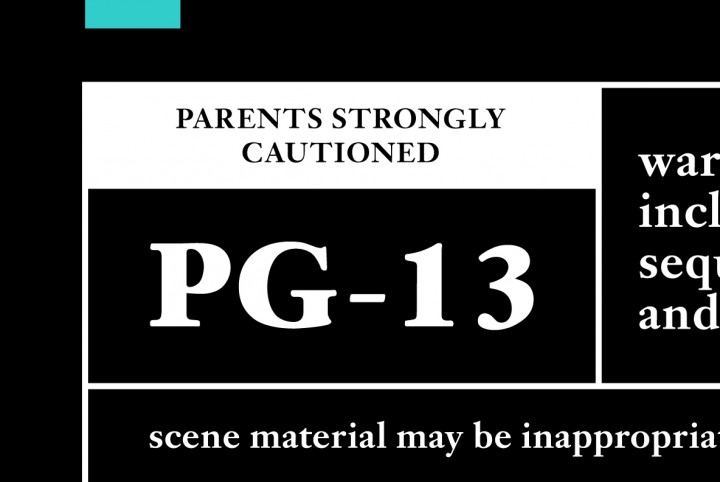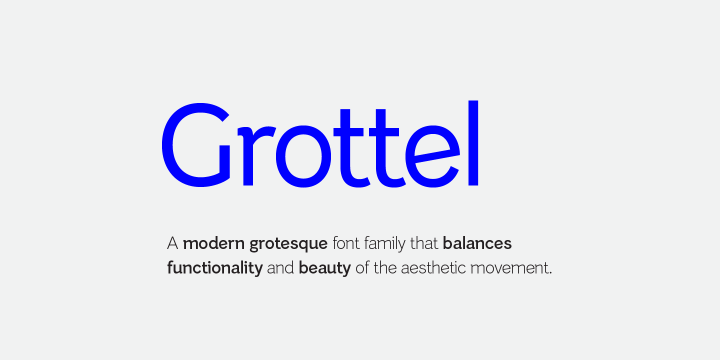Before we jump into slab serif fonts, let's go back to where it all started. The early 1800s were a time of great change. Frederick Koenig improved the printing press in 1810. In 1814, Joseph Nicéphore Niépce took the very first photograph with a camera obscura, a process that took an entire eig...
September 26, 2022

